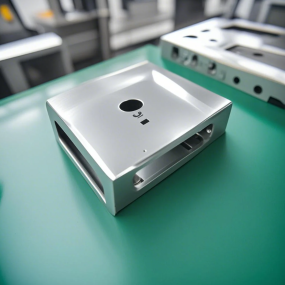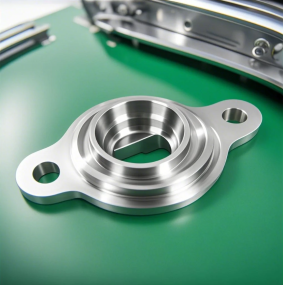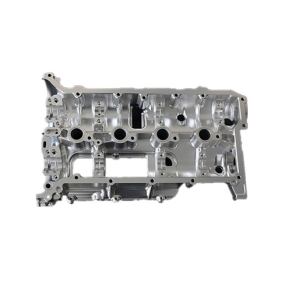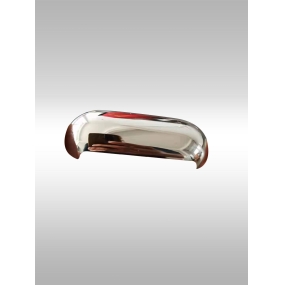What are the unique features of CNC numerical control machining technology?
CNC numerical control machining technology is a kind of machining, but also comply with the law of machining and cutting, and the processing technology is generally the same as that of ordinary machine tools. Because it is an automated machining that applies computer control technology to machining, it has the characteristics of high processing efficiency and high precision. The processing technology has its own unique features. The process is more complicated and the work step arrangement is more detailed and meticulous.
CNC numerical control machining process includes the selection of tools, the determination of cutting parameters and the design of the cutting process route. CNC numerical control machining process is the foundation and core of numerical control programming. Only when the process is reasonable can a high-efficiency and high-quality numerical control program be compiled. The standards for measuring the quality of numerical control programs are: minimum machining time, minimum tool loss and the best workpiece.
The numerical control machining process is a part of the overall machining process of the workpiece, or even a process. It must cooperate with other front and rear processes to finally meet the assembly requirements of the overall machine or mold, so as to process qualified parts.
Numerical control processing procedures are generally divided into rough processing, medium and rough angle processing, semi-finishing and finishing steps.
Roughing should try to choose a larger knife, and quickly remove a large amount of workpiece material with a large amount of cutting as much as possible within the range that the machine tool power or tool can bear. In order to prevent the cutting vibration during roughing from loosening the workpiece, the table should be checked in time after roughing, and the knife should be re-aligned if necessary. The finishing light knife of the reference plane can be carried out after roughing to prepare for the future calibration table inspection. For workpieces with complex cavities, due to the use of larger tools for roughening, there is a large amount of margin left in the corners, and a smaller tool than during roughing must be used for secondary roughening or angle clearing. In the case of a relatively large processing area, semi-finishing can be carried out in order to reduce tool loss. In order to prevent overcutting, the above steps must leave enough margin, and finally carry out the finishing process. Under normal circumstances, try to inspect on the machine tool, and remove it after passing the test, and then prepare the next piece for processing.


 Spanish
Spanish Arabic
Arabic French
French Portuguese
Portuguese Belarusian
Belarusian Japanese
Japanese Russian
Russian Malay
Malay Icelandic
Icelandic Bulgarian
Bulgarian Azerbaijani
Azerbaijani Estonian
Estonian Irish
Irish Polish
Polish Persian
Persian Boolean
Boolean Danish
Danish German
German Filipino
Filipino Finnish
Finnish Korean
Korean Dutch
Dutch Galician
Galician Catalan
Catalan Czech
Czech Croatian
Croatian Latin
Latin Latvian
Latvian Romanian
Romanian Maltese
Maltese Macedonian
Macedonian Norwegian
Norwegian Swedish
Swedish Serbian
Serbian Slovak
Slovak Slovenian
Slovenian Swahili
Swahili Thai
Thai Turkish
Turkish Welsh
Welsh Urdu
Urdu Ukrainian
Ukrainian Greek
Greek Hungarian
Hungarian Italian
Italian Yiddish
Yiddish Indonesian
Indonesian Vietnamese
Vietnamese Haitian Creole
Haitian Creole Spanish Basque
Spanish Basque











